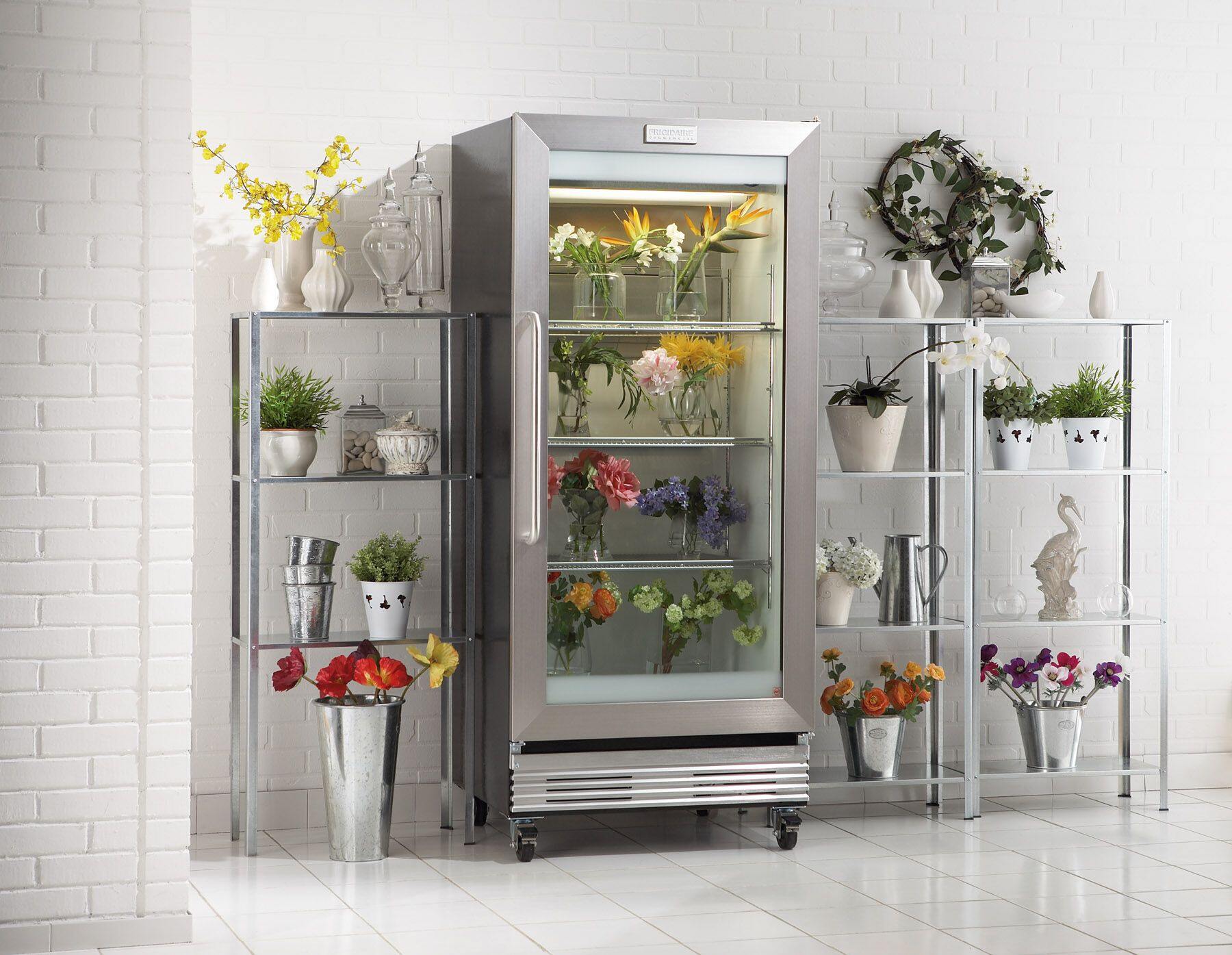

Articles
How To Store Flowers In Fridge
Modified: February 23, 2024
Learn how to store flowers in the fridge with these helpful articles. Keep your flowers fresh and vibrant for longer!
(Many of the links in this article redirect to a specific reviewed product. Your purchase of these products through affiliate links helps to generate commission for Storables.com, at no extra cost. Learn more)
Introduction
Flowers are nature’s delicate and vibrant creations that bring beauty and joy into our lives. Whether you’ve received a stunning bouquet as a gift or want to preserve the blossoms from a special occasion, knowing how to properly store flowers is essential. One popular method is to store flowers in the fridge, as it helps to maintain their freshness and extend their lifespan.
Storing flowers in the fridge has become a common practice among floral enthusiasts and professionals alike. It provides a controlled environment, preserving the blooms by slowing down their aging process. However, it’s important to follow the right techniques to ensure the flowers remain beautiful and vibrant for as long as possible.
In this article, we will explore the reasons behind storing flowers in the fridge, as well as the necessary steps to prepare and maintain the blooms. We will also discuss the importance of choosing the right container, understanding temperature and humidity requirements, and how to avoid ethylene gas exposure. Additionally, we will provide valuable tips to help extend the lifespan of your flowers and highlight common mistakes to avoid.
Are you ready to learn the secrets of keeping your blooms fresh and radiant by storing them in the fridge? Let’s dive into the wonderful world of flower preservation!
Key Takeaways:
- Extend the lifespan of your flowers by storing them in the fridge. Proper preparation, container selection, temperature control, and avoiding ethylene gas exposure are key to preserving their beauty and fragrance.
- Avoid common mistakes when storing flowers in the fridge to ensure their longevity. Remember to trim stems, change water regularly, and keep flowers away from ethylene-producing items for vibrant and long-lasting blooms.
Read more: How To Store Flowers In Fridge For Long Time
Why Store Flowers in the Fridge
There are several compelling reasons why you should consider storing your flowers in the fridge. Understanding these benefits will help you appreciate the value of this preservation technique and make the most out of your floral arrangements.
1. Prolonged Lifespan: Flowers are delicate and have a limited lifespan once they are cut from the plant. However, storing them in the fridge helps to slow down the natural aging process, allowing them to last much longer. The cool temperature helps to reduce metabolic rates, keeping the blooms fresh and vibrant for an extended period.
2. Retains Freshness: Fridge storage helps to maintain the freshness of the flowers by preserving their texture, color, and fragrance. The controlled temperature prevents wilting and wilted petals while keeping the blooms looking and smelling their best.
3. Protects from External Factors: Placing your flowers in the fridge shields them from external factors that can lead to premature wilting or decay. Heat, humidity, and sunlight can accelerate the aging process, but the refrigerator provides a controlled and protected environment that minimizes these effects.
4. Ideal for Special Occasions: Storing flowers in the fridge is especially beneficial when you have a special occasion or event in mind. Whether it’s a wedding, anniversary, or birthday celebration, keeping your floral arrangements fresh in the fridge ensures they stay vibrant until the moment they are needed.
5. Preserves Medicinal Flowers: Certain flowers, such as lavender or chamomile, have medicinal properties and are used in various remedies and herbal preparations. Storing these flowers in the fridge helps to preserve their therapeutic qualities, ensuring you can enjoy their benefits for a longer period.
Now that you understand the advantages of storing flowers in the fridge, let’s move on to the crucial steps you need to take to prepare your blooms for refrigeration.
Preparing Flowers for Refrigeration
Properly preparing your flowers before placing them in the fridge is crucial for their longevity and overall appearance. Follow these steps to ensure your blooms are ready for refrigeration:
- Trim the Stems: Start by trimming the stems of your flowers. Use sharp, clean scissors or a floral knife to make a diagonal cut about one inch from the bottom of each stem. This allows the flowers to absorb water more efficiently, keeping them hydrated throughout the storage period.
- Remove Foliage: Remove any leaves or foliage that will be submerged in water. These can promote the growth of bacteria or fungal diseases, which can negatively affect the lifespan of your flowers.
- Water the Flowers: Fill a clean vase or container with lukewarm water and add floral preservative, if available. Place your freshly trimmed flowers in this solution and let them hydrate for at least a few hours before transferring them to the fridge. This ensures that your flowers have a good water supply before entering the controlled environment of the refrigerator.
- Wrap with Moist Paper Towels: If you have delicate or sensitive flowers, you can wrap them loosely with slightly moistened paper towels before storing them in the fridge. This provides extra hydration and prevents wilting.
- Cover with Plastic Bags: To create a humid environment within the fridge, loosely cover your flower arrangements with plastic bags. Be sure to leave some gaps for airflow to prevent condensation and potential mold growth.
By following these preparation steps, you are ensuring that your flowers are in optimal condition before they enter the fridge. Now that your flowers are ready, let’s discuss the importance of choosing the right containers for refrigeration.
Choosing the Right Container
When storing flowers in the fridge, selecting the right container is essential to maintain their freshness and prevent damage. Here’s what you need to consider when choosing a container:
- Size and Shape: Opt for a container that is spacious enough to accommodate the size of your flower arrangement without overcrowding. Flowers should have room to breathe and avoid being squished against each other, which can lead to bruising or premature wilting.
- Material: Choose a container made of a non-porous material such as glass or plastic. These materials prevent moisture and odors from seeping in and affecting the quality of your flowers. Avoid metal containers as they can react with the floral preservatives and compromise the freshness of the blooms.
- Proper Seal: Look for a container with a tight-fitting lid or airtight seal. This prevents any odors from other food items in the fridge from permeating your flowers and affecting their fragrance.
- Cleanliness: Make sure your chosen container is clean and sanitized. Any residue or bacteria left behind can contaminate the flowers and shorten their lifespan. Wash the container thoroughly with warm, soapy water and rinse well before use.
- Separate Compartments: If you have multiple flower arrangements, consider using containers with separate compartments. This prevents cross-contamination and ensures that each arrangement retains its individual freshness.
Remember, the right container will provide a suitable environment for your flowers during refrigeration, protecting them from external factors and promoting their longevity. With the container selected, let’s move on to discussing the optimal temperature and humidity requirements for storing flowers in the fridge.
Temperature and Humidity Requirements
Proper temperature and humidity control are crucial when storing flowers in the fridge. Here’s what you need to know about maintaining the ideal conditions for your blooms:
1. Temperature: The temperature of the fridge is important to slow down the aging process of flowers. Ideally, the temperature should be set between 34°F (1°C) and 38°F (3°C). This range helps to preserve the freshness of the blooms without freezing them.
2. Humidity: Humidity control is equally important. While the fridge does provide a naturally humid environment, excess moisture can lead to mold growth and deterioration of the flowers. Aim for a relative humidity level of around 85-90%. You can achieve this by loosely covering your flower arrangements with plastic bags or placing a tray of water at the bottom of the fridge to add moisture.
3. Air Circulation: Proper air circulation is vital to prevent condensation and the buildup of ethylene gas (which we will discuss later). Avoid crowding the fridge with too many flower arrangements, as this can hinder airflow and result in improper temperature and humidity distribution.
4. Avoid Freezer Compartment: It’s important to note that storing flowers in the freezer compartment is not recommended. The extremely low temperatures can damage the delicate petals, causing them to become brittle and discolored.
By maintaining the right temperature and humidity in your fridge, you create an environment that slows down the aging process and keeps your flowers looking fresh and vibrant. Now that you know how to set up your fridge, let’s discuss the best placement for the flower arrangements within the fridge.
To store flowers in the fridge, trim the stems at an angle, place them in a vase with water, cover with a plastic bag, and store in the coldest part of the fridge. Avoid storing them near fruits and vegetables to prevent ethylene gas exposure.
Read more: How To Store Flowers
Best Placement in the Fridge
Knowing the best placement for your flower arrangements within the fridge is crucial for maintaining their freshness and preventing damage. Here are some tips to help you achieve optimal placement:
- Top Shelves: The top shelves of the fridge are typically the warmest, so it’s best to avoid placing your flowers there. The warm air rising within the fridge can accelerate the wilting and aging process of the blooms.
- Bottom Shelves: The bottom shelves of the fridge are usually the coolest and most consistent in temperature. This makes them the ideal spot for storing your flower arrangements. Place the containers gently on the bottom shelves, ensuring they are level and not at risk of tipping or falling over.
- Separation: Keep your flowers separated from other food items in the fridge. The ethylene gas produced by ripening fruits and certain vegetables can accelerate the wilting and deterioration of your flowers. Store your flowers in a dedicated space away from fruits and vegetables.
- Avoid Door Storage: While it may be convenient, storing your flower arrangements in the door of the fridge is not recommended. The door is often exposed to temperature fluctuations when opened and closed, which can affect the quality and longevity of your flowers.
- Proper Spacing: Allow enough space between each flower arrangement to ensure adequate air circulation. This prevents condensation and the buildup of ethylene gas, both of which can harm your flowers.
By following these placement tips, you can create an ideal environment inside your fridge for your flower arrangements. Now, let’s learn about the potential dangers of ethylene gas exposure and how to avoid them.
Avoiding Ethylene Gas Exposure
Ethylene gas is a naturally occurring plant hormone that is released by certain fruits, vegetables, and flowers as they ripen. Exposure to ethylene gas can cause your flowers to wilt, lose their vibrant colors, and decay prematurely. Here are some ways to avoid ethylene gas exposure when storing flowers in the fridge:
- Separate Flowers from Ethylene-Producing Items: Keep your flowers away from ethylene-producing fruits and vegetables such as bananas, apples, avocados, and tomatoes. These items release higher levels of ethylene gas and can have a detrimental effect on the freshness and longevity of your flowers.
- Use Ethylene Absorbers: Utilize ethylene absorbers or sachets in your fridge to minimize the presence of ethylene gas. These absorbers are available in the form of packets or sachets and work by absorbing the ethylene gas in the fridge, keeping it from affecting your flowers.
- Regularly Clean Your Fridge: Regularly clean your fridge to remove any potential ethylene residue or buildup. Wipe down the shelves and walls of the fridge with a mixture of water and vinegar or use a mild detergent. This helps to eliminate any lingering ethylene gas and keeps your flowers safe.
- Check Freshness of Other Produce: Before placing new flower arrangements in the fridge, check the freshness of other produce already stored. If any fruits or vegetables show signs of overripening or spoilage, remove them promptly to prevent the release of excess ethylene gas. Keeping the fridge clean and fresh will create a healthier environment for your flowers.
By taking these precautions, you can significantly reduce the risk of ethylene gas exposure and ensure the longevity and beauty of your stored flowers. Now, let’s explore some additional tips to help you extend the lifespan of your flowers and avoid common mistakes.
Tips for Extending Flower Lifespan
While storing your flowers in the fridge is a great way to preserve their freshness, there are additional steps you can take to further extend their lifespan. Here are some helpful tips to ensure your flowers stay beautiful for as long as possible:
- Change the Water Regularly: Every two to three days, replace the water in the vase with fresh, lukewarm water. This helps to prevent the buildup of bacteria and keep the flowers hydrated.
- Trim the Stems: Every few days, trim the stems of your flowers by about half an inch. This removes any potential blockages and allows for better water absorption.
- Remove Wilting Flowers: Remove any flowers that are starting to wilt or decay. This prevents the spread of bacteria to the remaining flowers and keeps the arrangement looking fresh.
- Avoid Direct Sunlight: Display your flowers in a cool spot away from direct sunlight. Sunlight can cause the flowers to wilt and fade more quickly, so a shaded area is ideal.
- Avoid Drafts and Heat Sources: Keep your flowers away from drafts and heat sources such as vents, fans, and appliances. These can accelerate the drying out of the flowers and shorten their lifespan.
- Avoid Fruits on Display: If you choose to display your flowers outside of the fridge, keep them away from bowls of fruit or any other sources of ethylene gas. This will help to prevent premature wilting and decay.
- Mist the Petals: For delicate flowers such as roses or orchids, lightly misting them with water can help to maintain their moisture and freshness. Be careful not to oversaturate the petals.
- Consider Flower Food: If available, use a flower food packet or solution in the water to provide the necessary nutrients and hydration for your flowers. Follow the instructions on the package for best results.
By following these tips, you can ensure that your stored flowers remain vibrant and beautiful for an extended period. However, it’s important to be aware of common mistakes that can adversely affect your flower arrangements. Let’s discuss those next.
Common Mistakes to Avoid
When storing flowers in the fridge, it’s important to avoid common mistakes that can compromise their freshness and lifespan. Here are some pitfalls to watch out for:
- Placing Flowers Near the Freezer: Avoid storing your flowers near the freezer compartment of the fridge. The extremely low temperatures can damage the delicate petals and compromise the overall quality of the blooms.
- Overcrowding the Fridge: Avoid overcrowding the fridge with too many flower arrangements. This can hinder airflow and temperature distribution, leading to uneven cooling and premature wilting of the flowers.
- Not Trimming the Stems: Failure to trim the stems of your flowers before refrigeration can hinder their water absorption, leading to dehydration and a shortened lifespan. Always make a fresh cut at a diagonal angle before placing the flowers in the fridge.
- Using a Dirty Container: It is crucial to use a clean and sanitized container when storing flowers in the fridge. Residue, bacteria, or mold left behind in an unclean container can contaminate the flowers and cause them to deteriorate.
- Exposing Flowers to Ethylene Gas: Be mindful of the ethylene-producing fruits and vegetables stored in the fridge. Placing your flowers near these items can lead to premature wilting and decay. Keep your flowers separated and utilize ethylene absorbers to minimize gas exposure.
- Forgetting to Change the Water: Regularly changing the water in the vase is essential for maintaining the freshness of your flowers. Neglecting to do so allows bacteria to multiply, resulting in shorter flower lifespans.
- Using the Wrong Temperature: It’s important to set your fridge to the appropriate temperature range (34°F to 38°F or 1°C to 3°C) for storing flowers. Temperatures that are too high or too low can negatively impact the quality and longevity of your blooms.
- Not Checking for Wilting Flowers: Remove any flowers that are wilting or decaying from your arrangements. Leaving these flowers in the vase can accelerate the spread of bacteria and affect the freshness of the remaining blooms.
By avoiding these common mistakes, you can ensure that your flower storage in the fridge is successful, and your blooms remain fresh and beautiful for an extended period of time. Now that you have all the necessary information, you are ready to start storing your flowers in the fridge with confidence!
Read more: How To Store Flower Bouquets
Conclusion
Storing flowers in the fridge is a fantastic way to extend their lifespan and preserve their beauty. By following the proper techniques and avoiding common mistakes, you can ensure that your flower arrangements stay fresh, vibrant, and fragrant for longer periods.
We’ve learned about the reasons to store flowers in the fridge, including prolonging their lifespan, retaining their freshness, protecting them from external factors, and preserving medicinal flowers’ qualities. Additionally, we discussed the essential steps in preparing flowers for refrigeration, such as trimming the stems, removing foliage, and hydrating them before placement.
Choosing the right container is crucial to ensure proper preservation, and we explored factors such as size, material, seal, cleanliness, and separate compartments. Temperature and humidity control are also important, with the ideal fridge temperature set between 34°F to 38°F and a relative humidity level of 85-90%.
To maintain freshness, we discussed the best placement within the fridge, avoiding ethylene gas exposure from fruits and vegetables, and implementing proper spacing and air circulation. We also provided tips for extending flower lifespan, including regular water changes, stem trimming, removing wilting flowers, avoiding direct sunlight and drafts, misting delicate petals, and using flower food if available.
Finally, we highlighted common mistakes to avoid, such as placing flowers near the freezer, overcrowding the fridge, not trimming stems, using dirty containers, exposing flowers to ethylene gas, neglecting water changes, using the wrong temperature, and not checking for wilting flowers.
By following these guidelines and incorporating these practices into your flower storage routine, you can enjoy the beauty and freshness of your blooms for a significantly longer time. So go ahead, store your flowers in the fridge with confidence, and admire their radiant presence throughout your home or use them to create stunning floral arrangements for special occasions!
Frequently Asked Questions about How To Store Flowers In Fridge
Was this page helpful?
At Storables.com, we guarantee accurate and reliable information. Our content, validated by Expert Board Contributors, is crafted following stringent Editorial Policies. We're committed to providing you with well-researched, expert-backed insights for all your informational needs.
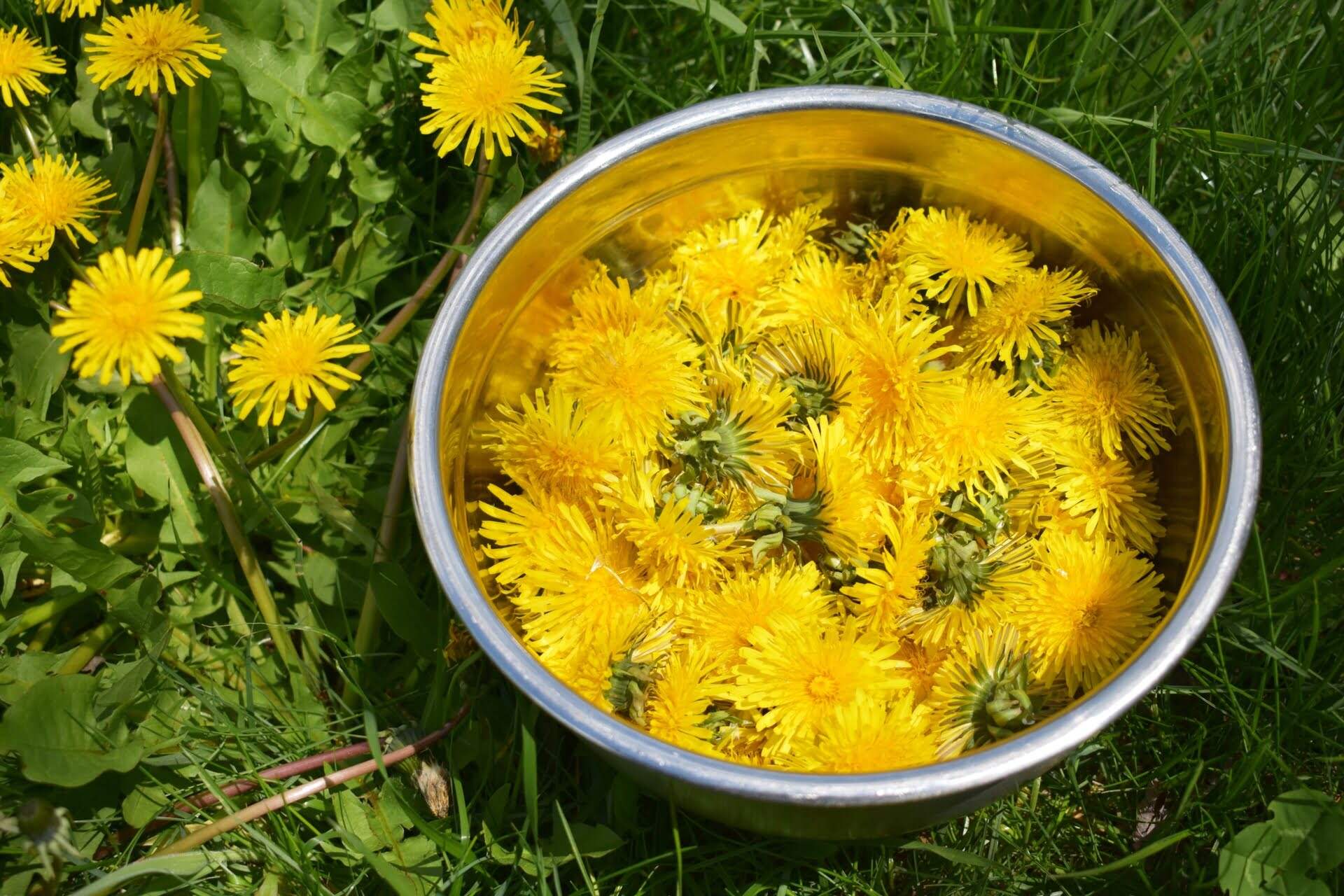
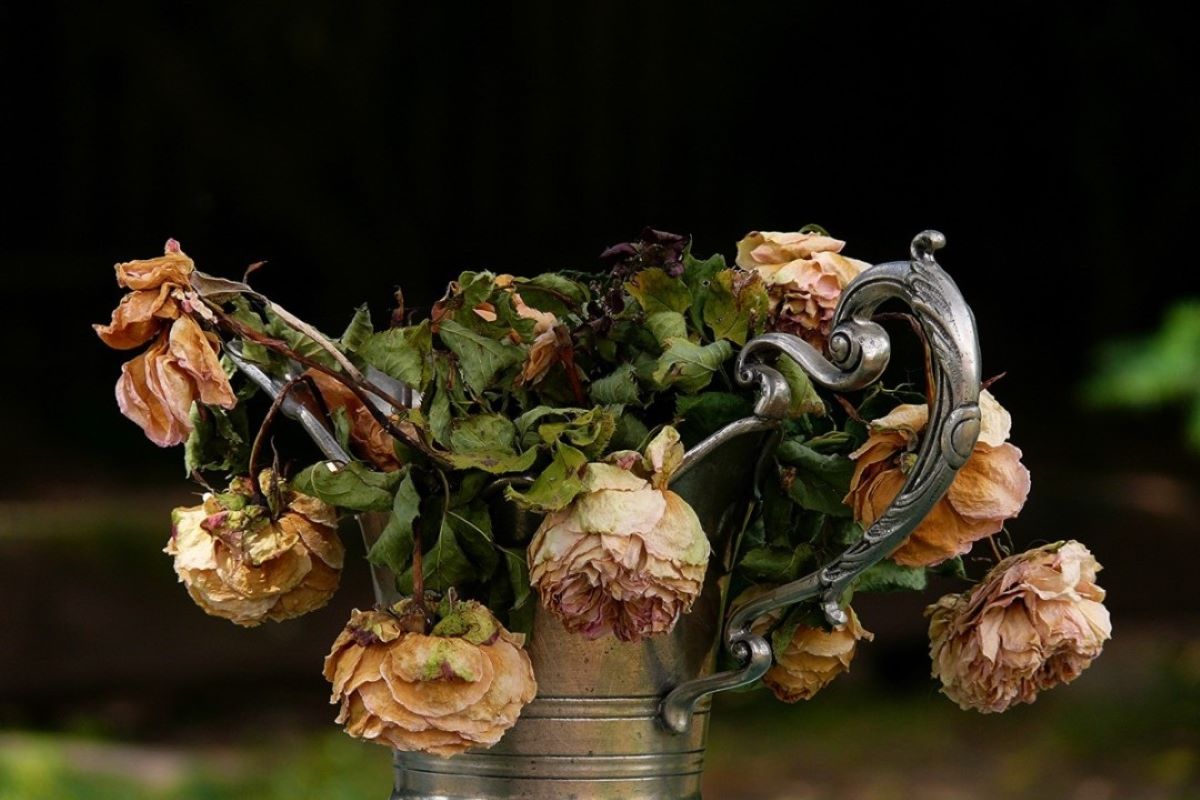
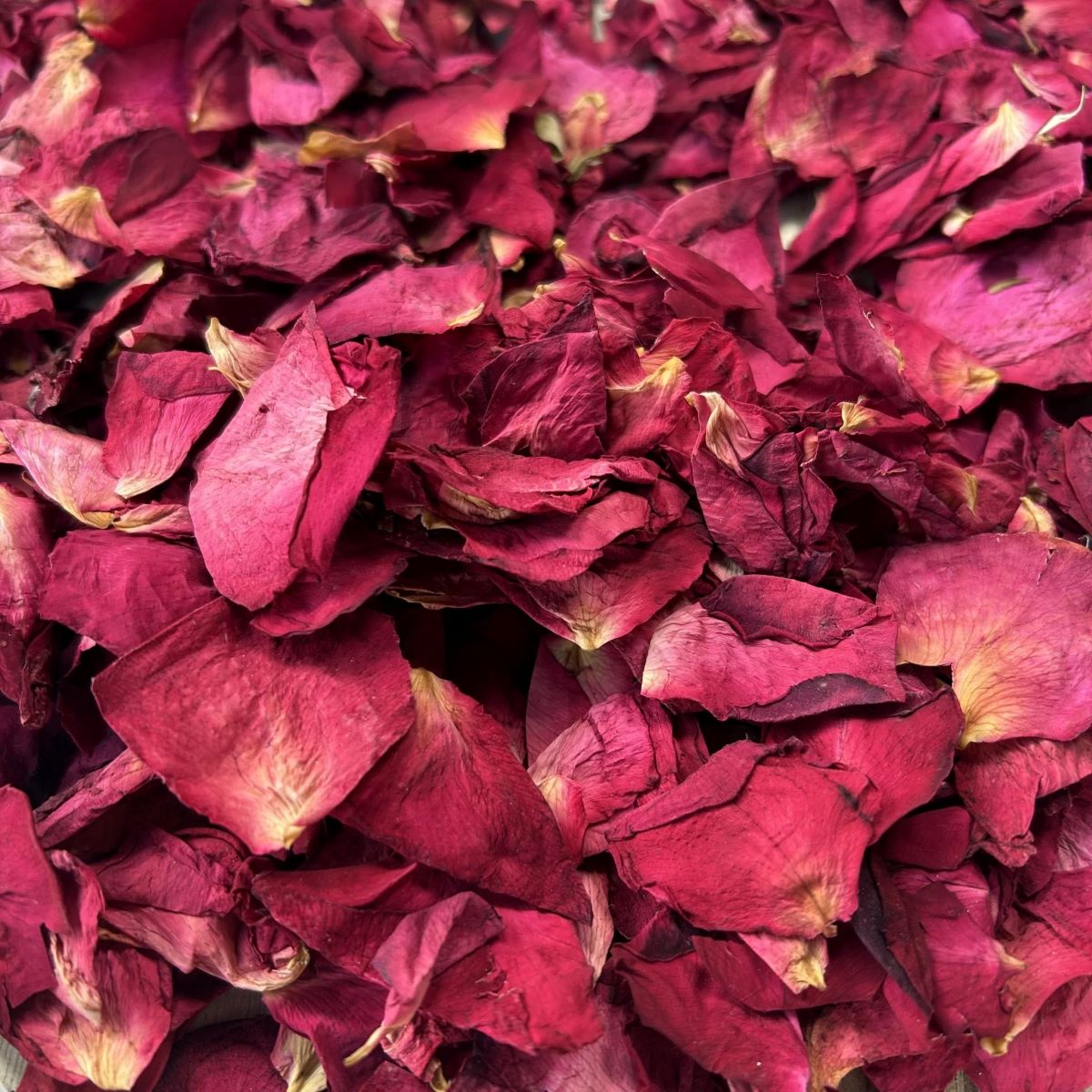
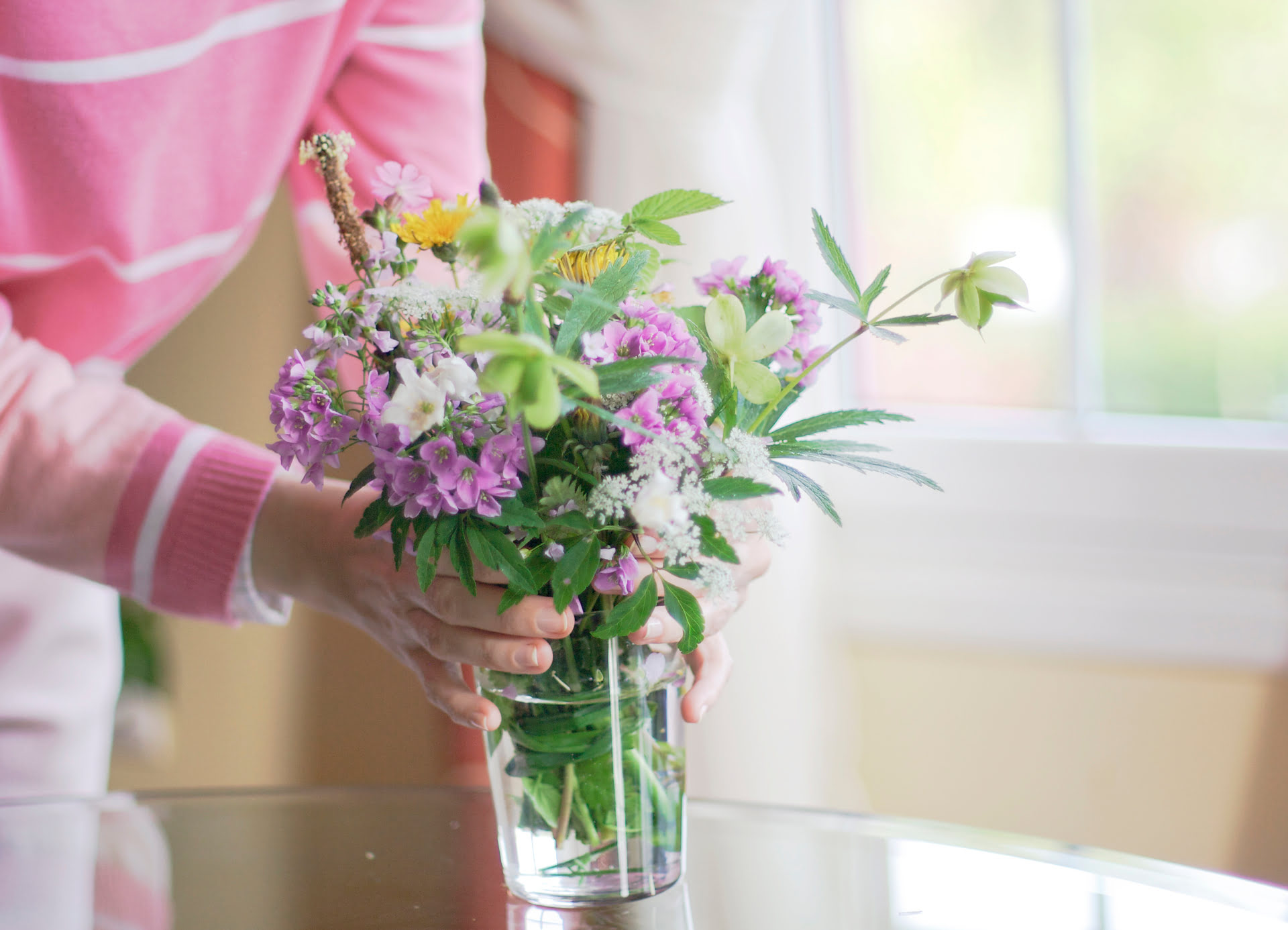
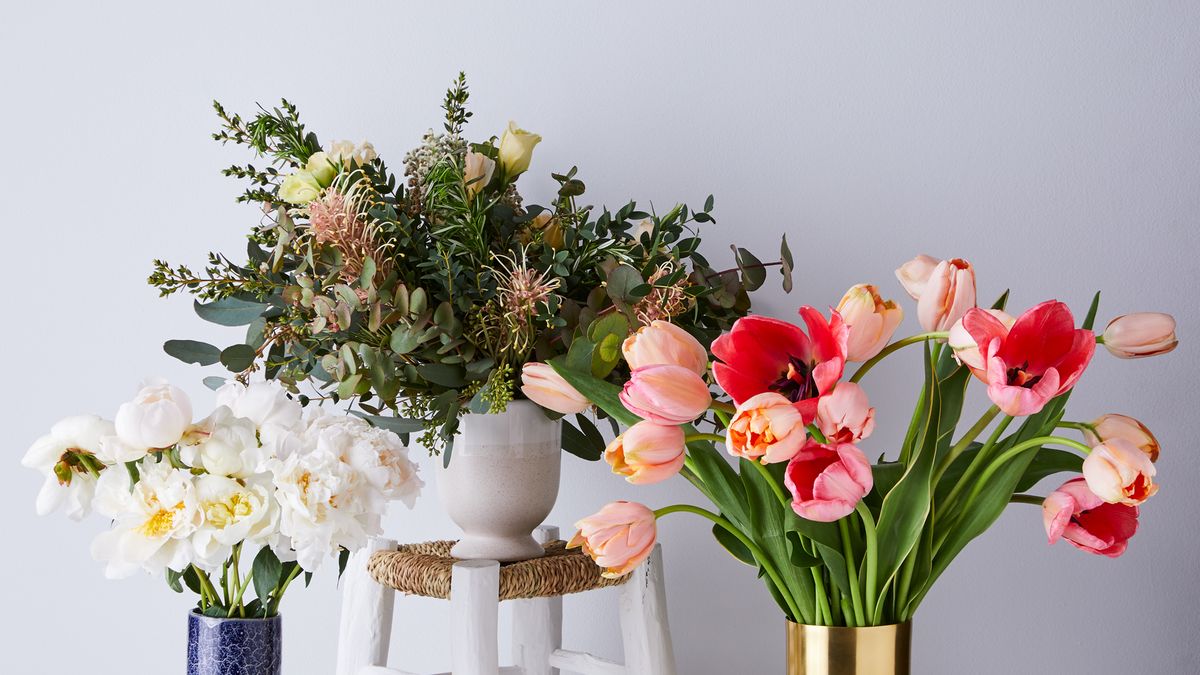
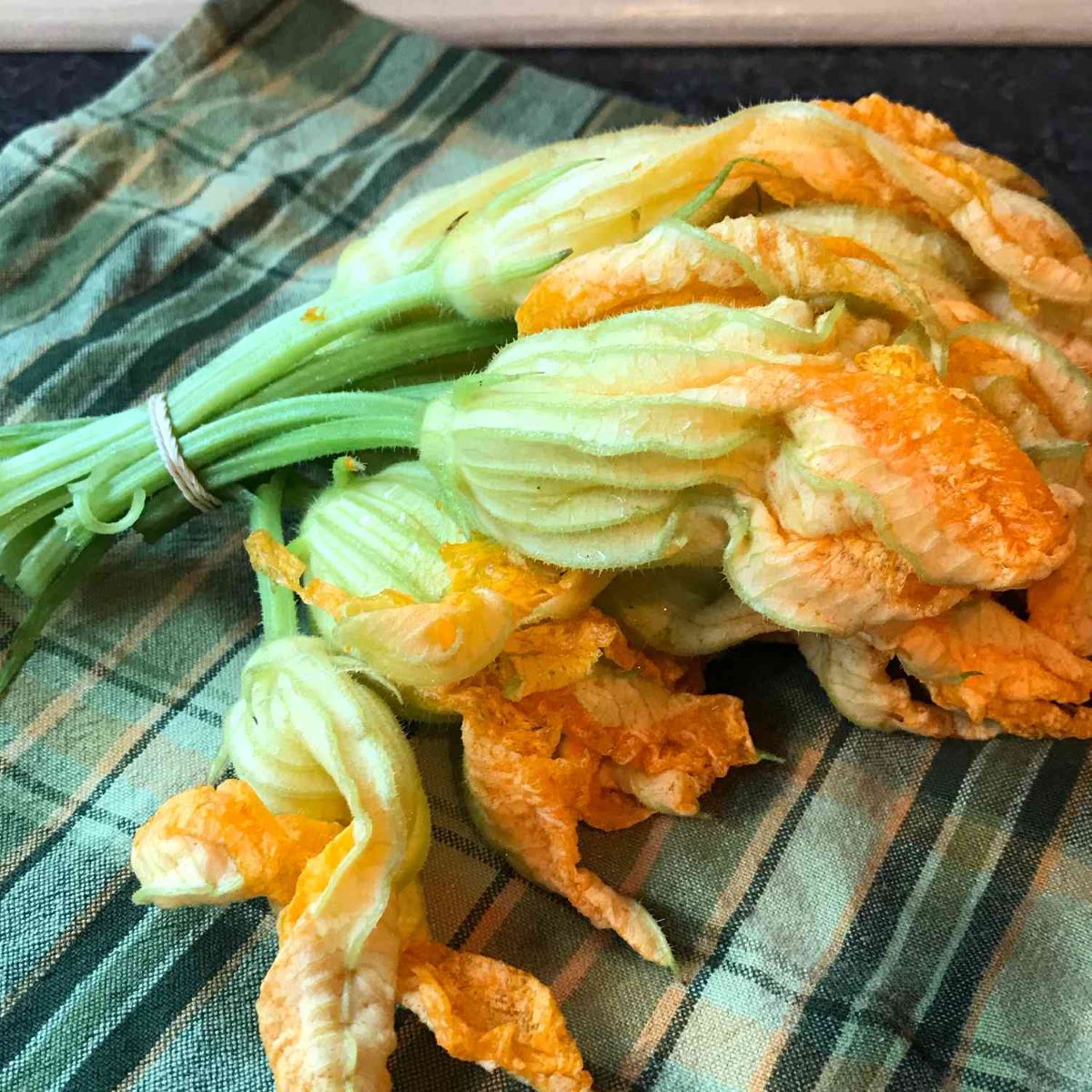

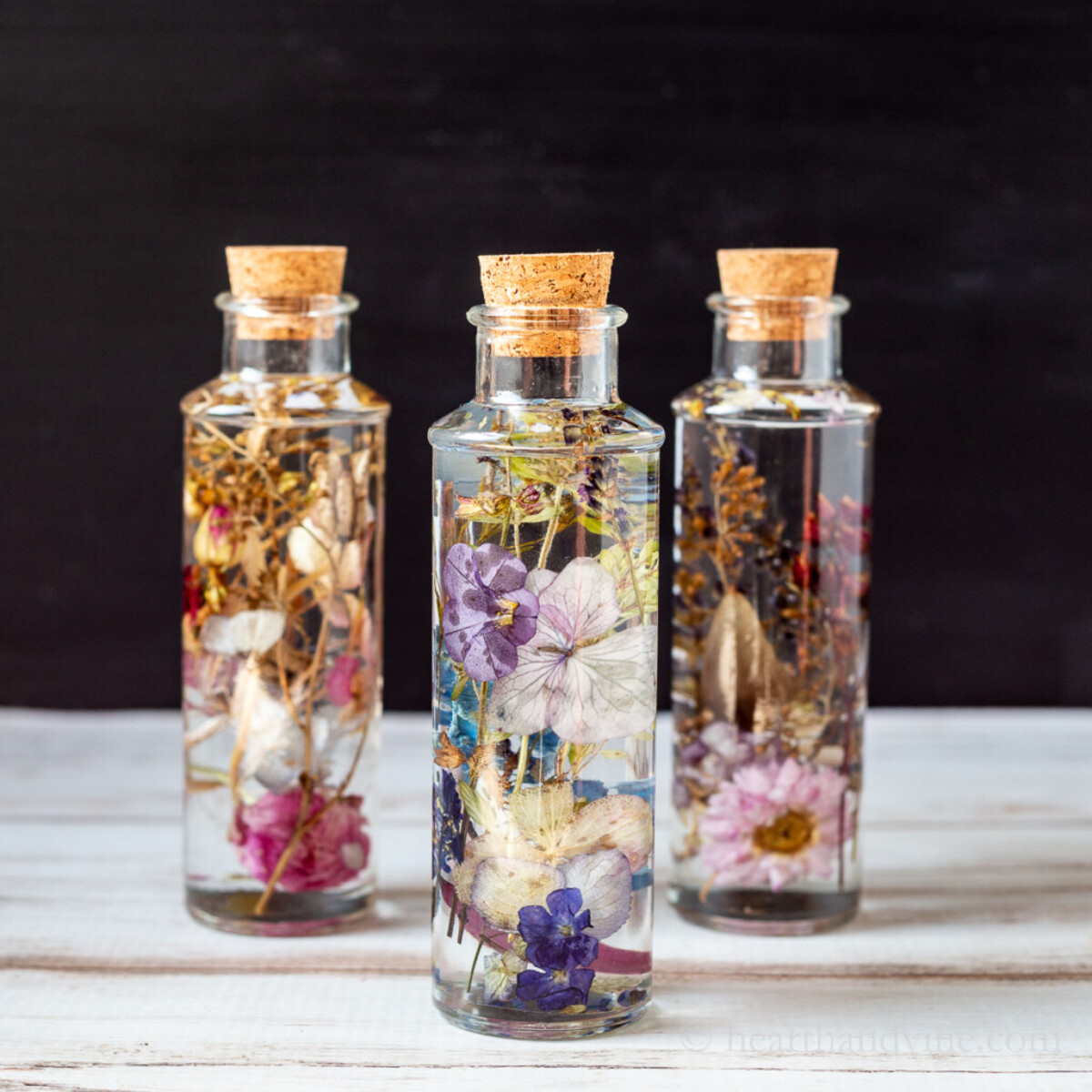
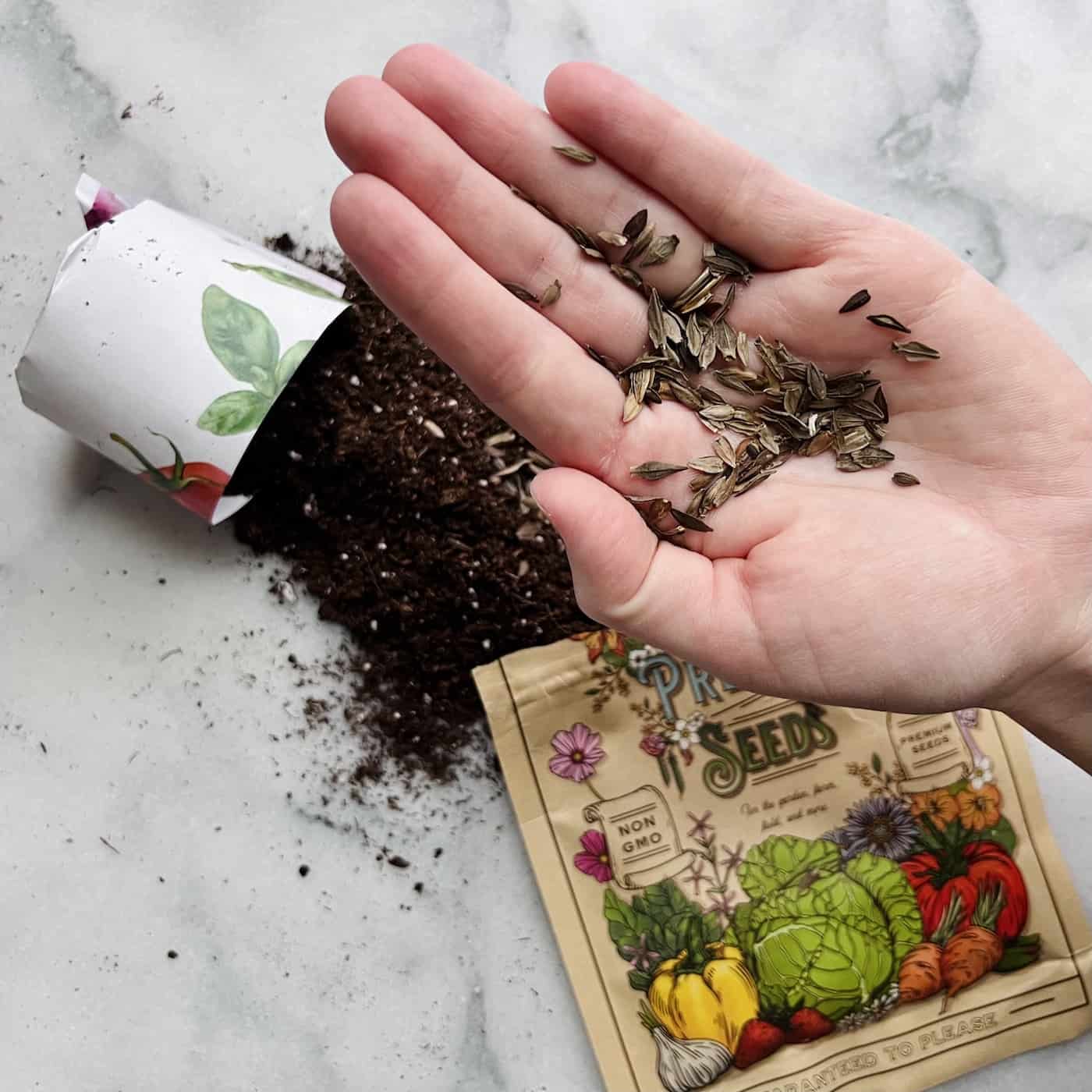
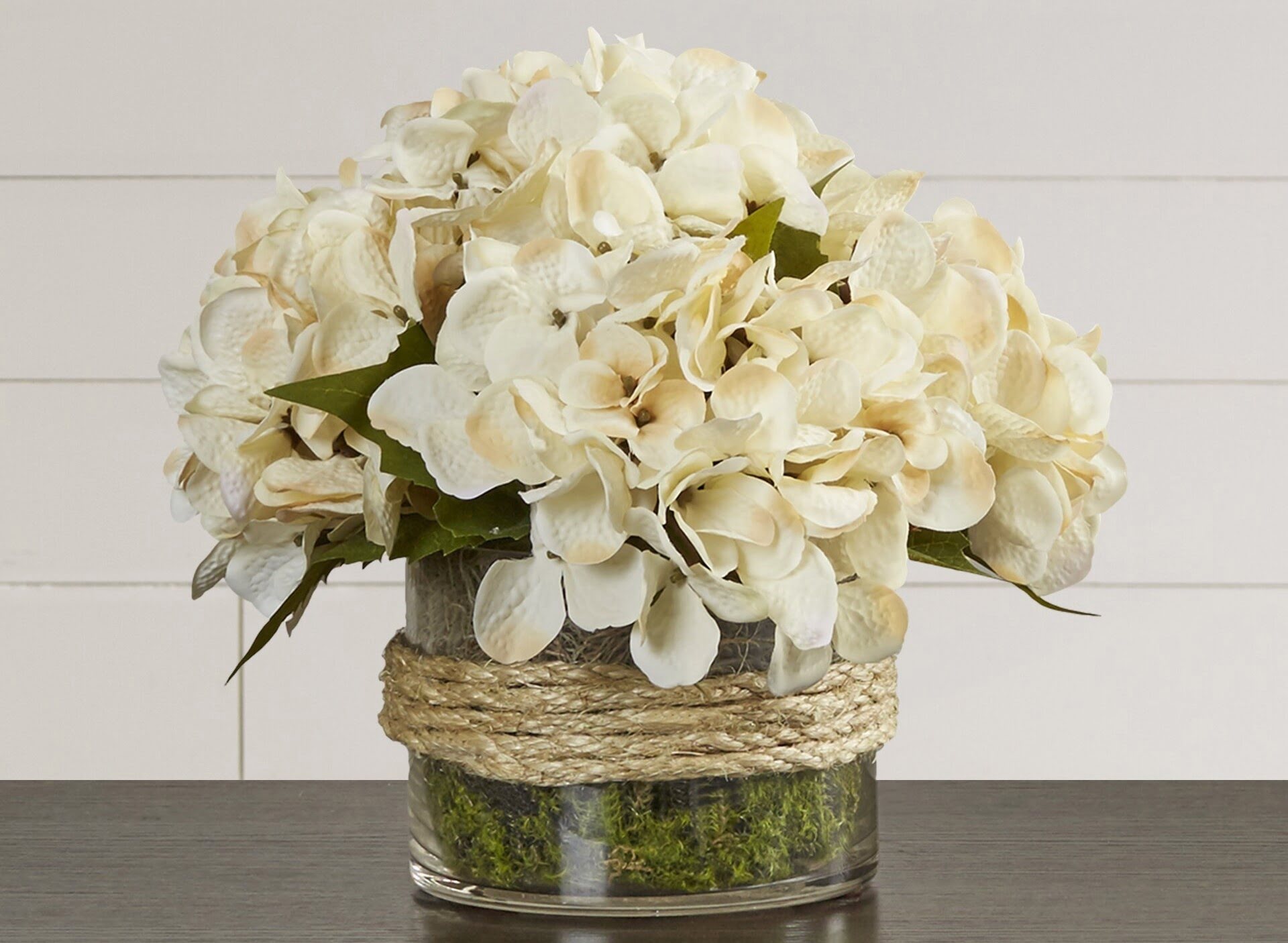
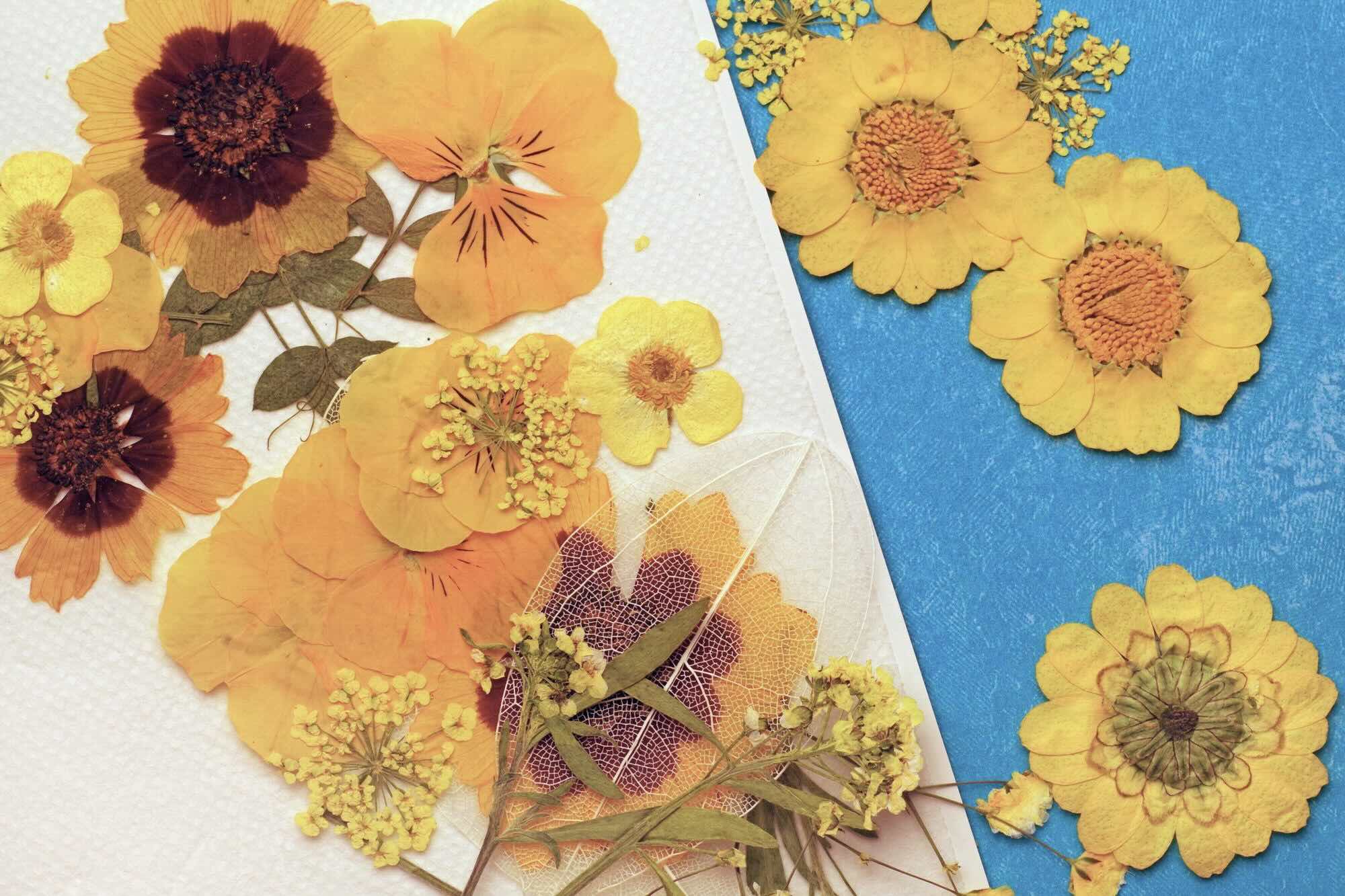
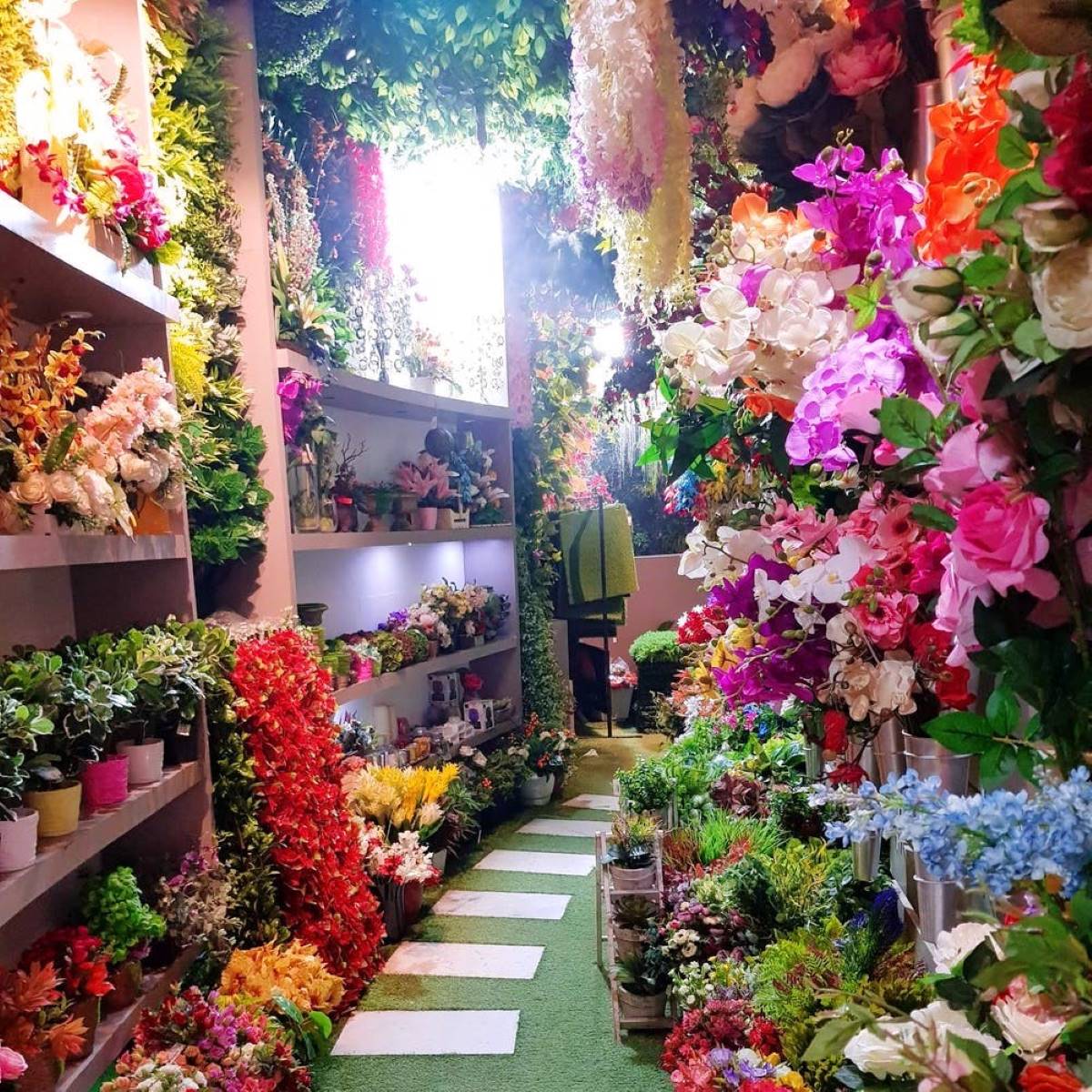
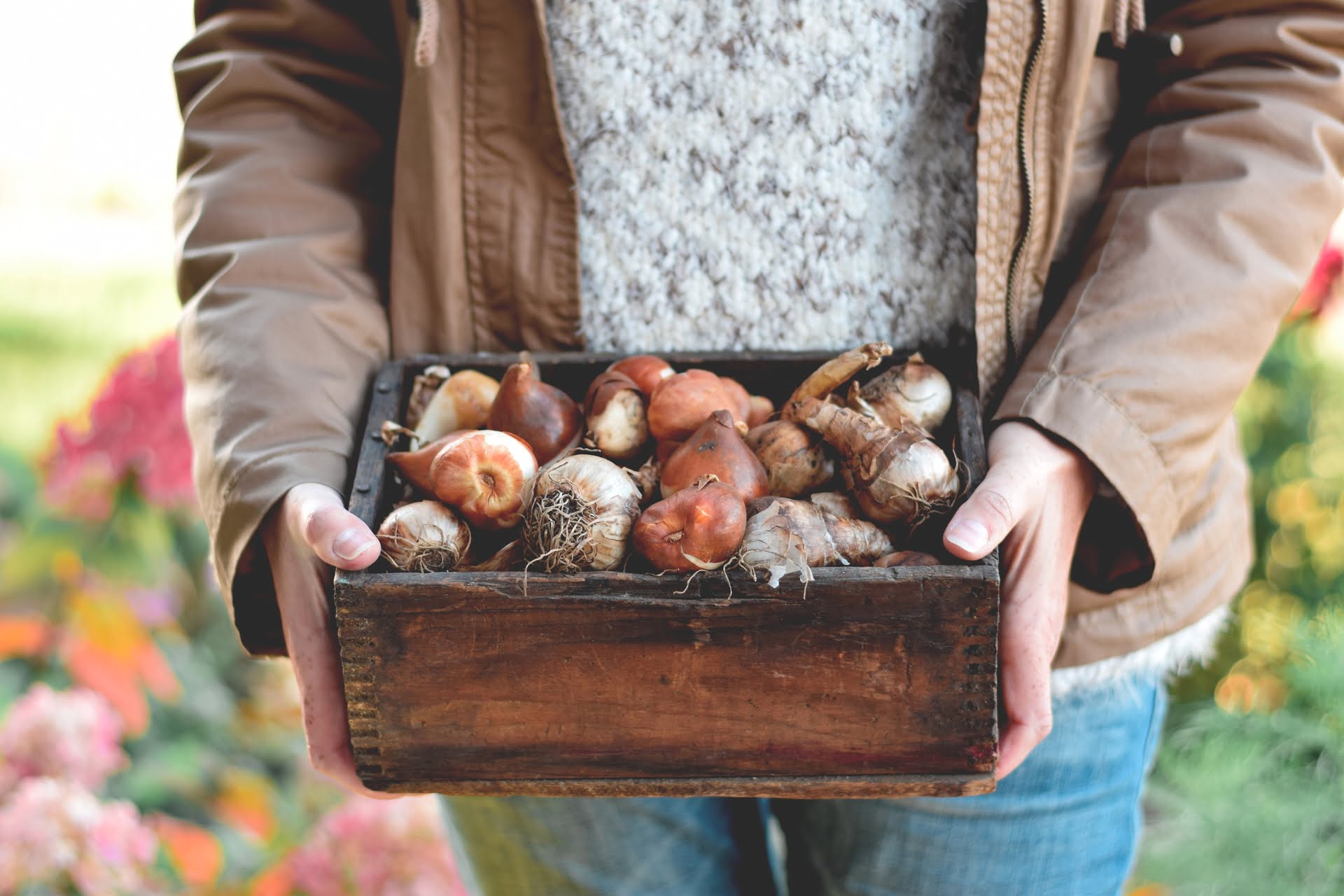

0 thoughts on “How To Store Flowers In Fridge”